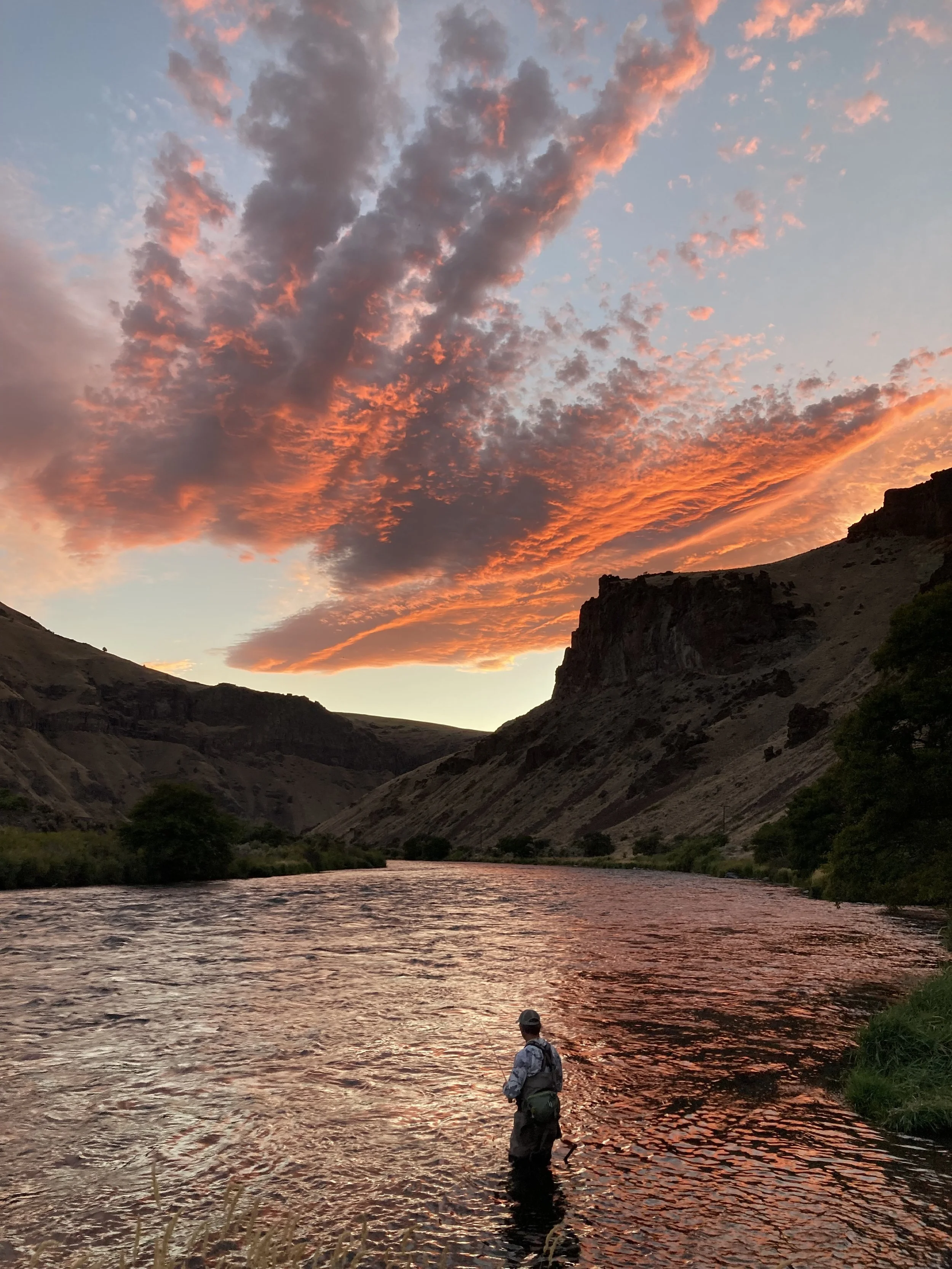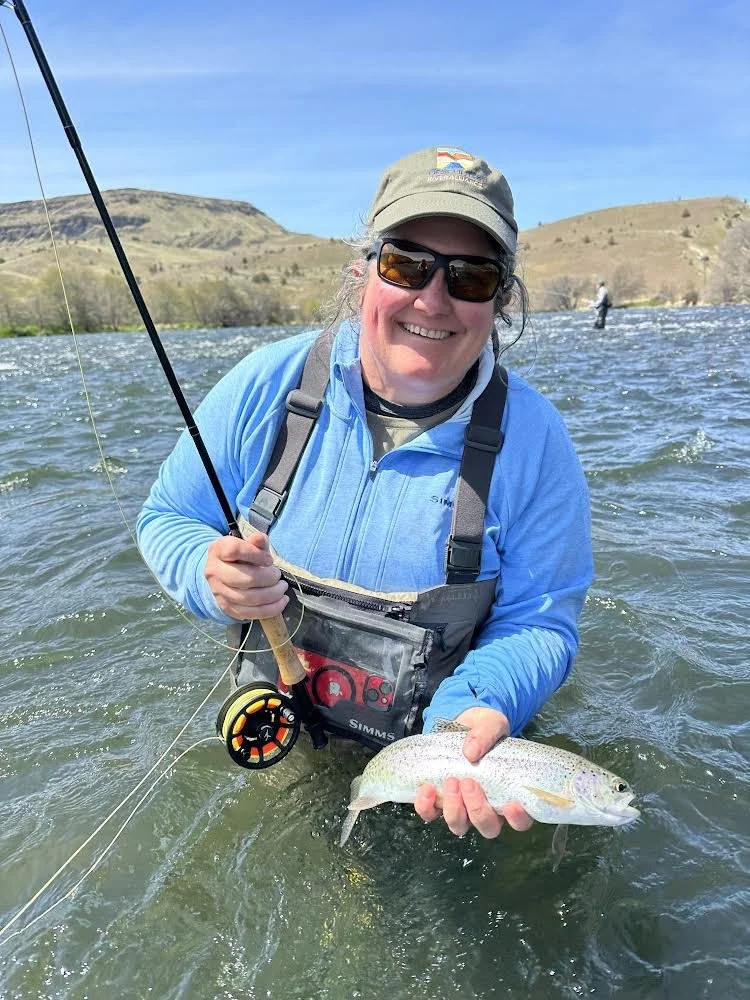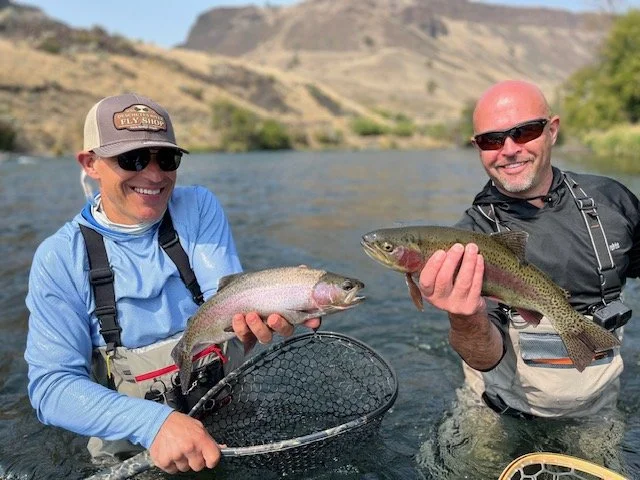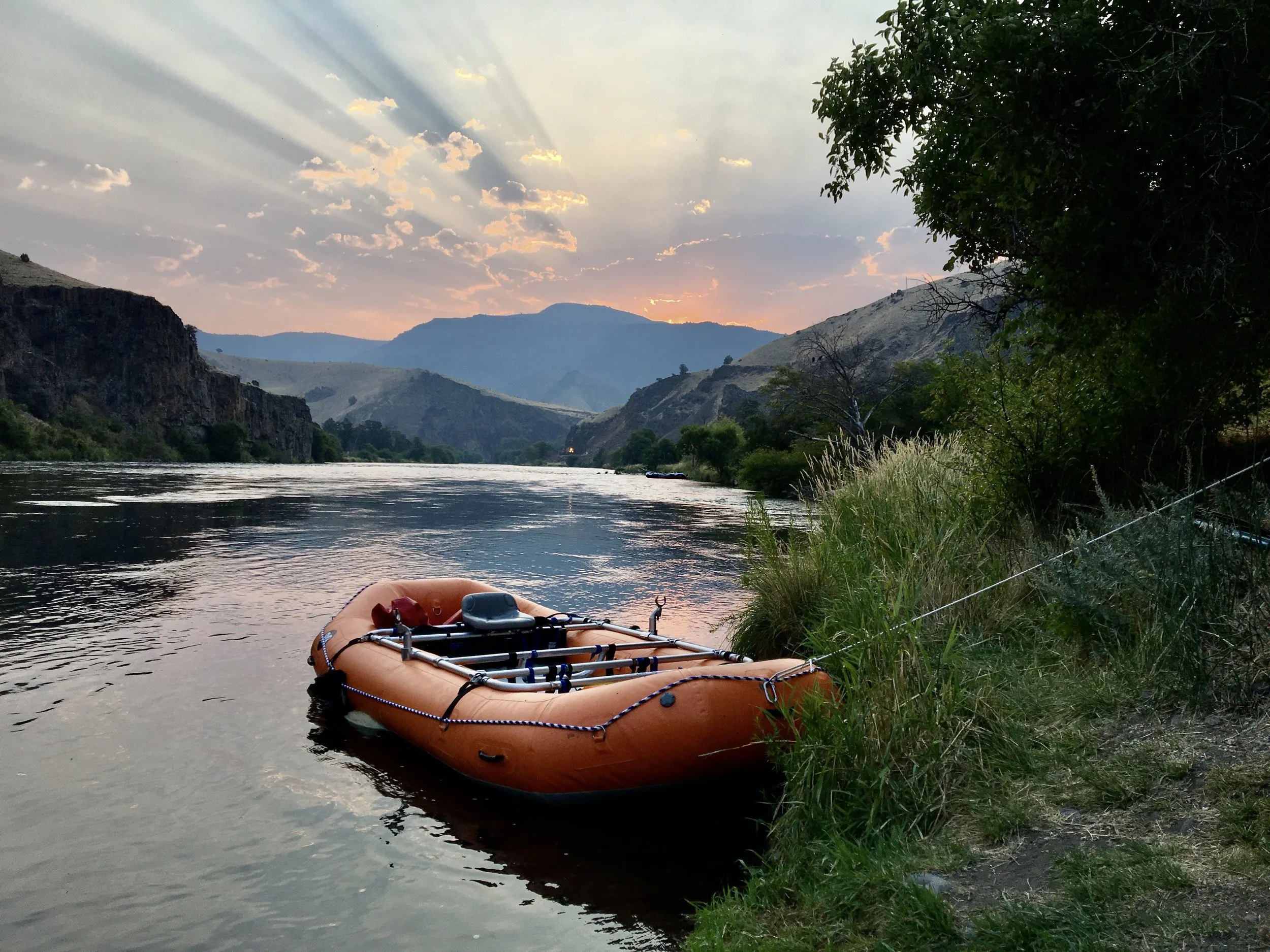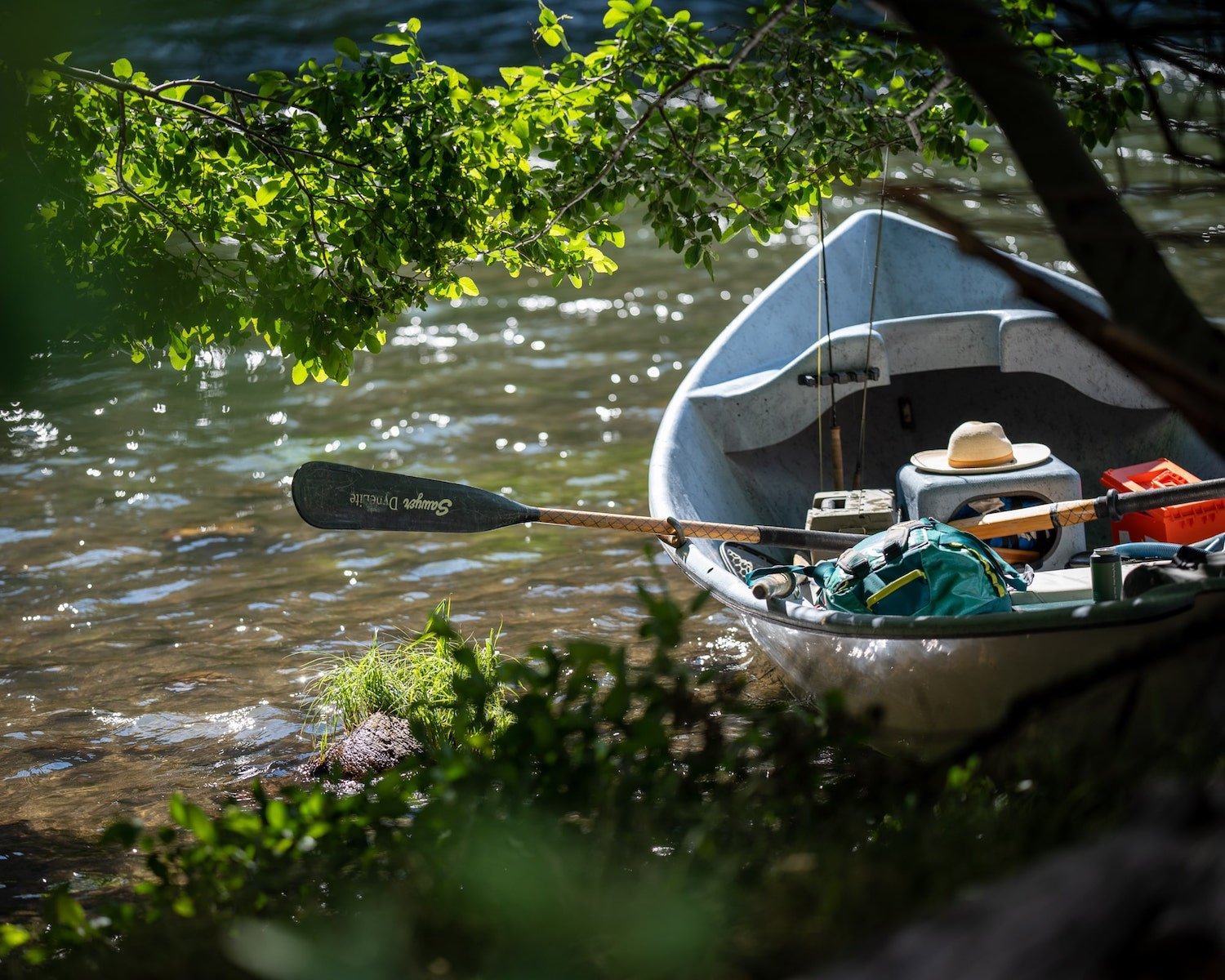Dissolved Oxygen and DEQ: Protect Water Quality or Profits?
Happy salmonids swim in oxygen supersaturated water.
Magic in Moving Water
Heraclitus observed you can’t step in the same river twice, an oft-cited bit of wisdom that writer Jim Harrison tweaked to more poetically capture the elusive magic of moving water: he wrote that you can’t even step in the same river once. Rivers lovers of various stripes know that time and the river flowing yield a water-borne kind of alchemy. Science offers a point of entry to better understand and appreciate this magic.
O2 in H2O
The vasculature of a river system–dendritic webs of rivulets, rills, creeks, streams and rivers–moves more than water. Dissolved oxygen (DO) is oxygen that isn’t bonded to other elements in the water column. It occurs wherever and however the atmosphere mixes with water, and from the photosynthetic activity of algae and other aquatic plants. The aerated rolling current of whitewater in rapids and riffles is an obvious sign of this swirling fusion. Less dramatically, any kind of surface disturbance–wind, rain, snow, kids throwing rocks in the river– mingles O2 and H2O. This co-mingling yields one of the most important parameters in determining the health of a river or stream. DO is free oxygen, and aquatic creatures thrive when there’s a steady supply of it. Trout, salmon and steelhead rely on healthy levels of dissolved oxygen in every aspect of their life cycle–but especially in the embryonic stage. Good science reveals that reduced levels of DO are especially damaging to developing egg, alevin and fry.
Protecting PGE Instead of Wild Trout
On the lower Deschutes River, dissolved oxygen usually remains good enough that on most days of the year it’s in compliance with state water quality standards. However, that isn’t always the case during the period in which trout spawn in the lower Deschutes River.
And with the commencement of Selective Water Withdrawal Tower operations, maintaining good DO levels has become more of a challenge–one that the Oregon Department of Environmental Quality has shirked on behalf of Portland General Electric by declaring that trout spawn in a narrower window of time than has been thoroughly documented.
As depicted in The Last 100: The Fight for the Lower Deschutes River, PGE in the recent past has had to do no more than simply ask DEQ for an exception to the rules to be granted one. When it became clear several years ago that the company wasn’t meeting the DO standard, a request for a different DO standard, as was written in its state permit to operate the project, was made. PGE’s rationale was simply that meeting the DO standard was costing them revenue. DEQ quickly obliged.
Worse, this change was made on the backs of spawning trout. A higher level of DO–a minimum of 9 milligrams per liter– is required by the state of Oregon during trout spawning season. DEQ helped PGE around this higher standard by narrowing the designated window of time for trout spawning, protecting PGE’s profitability instead of wild trout.
The Wrong Green
The proliferation of algae in the lower river has also created big swings in pH and dissolved oxygen levels. DO is also made available in rivers via photosynthesis. More algae means more photosynthesis, during which aquatic plants take in carbon dioxide and produce oxygen, which is absorbed into the water column. This boosts the DO level during daylight hours. But at night, DO levels drop, sometimes below the legal threshold. The nighttime drop in DO also corresponds with a decline in pH levels. (Carbon dioxide is consumed via photosynthesis during the day; at night this uptake of CO2 takes a hiatus. Due to the complex chemical reactions of nighttime plant and animal respiration, pH levels fall at night and rise during the day.) The large rise and fall of pH and DO over a 24 hour period are a clear sign that the Deschutes has an overabundance of algal and other aquatic plant growth. One result is that the pH level is violated nearly every day from spring through fall. The river just isn’t as healthy as it should be.
Bring Back the Magic
As a supporter of the DRA, there’s a couple things you can do to boost the campaign to improve water quality in the lower Deschutes. Write Oregon Gov. Tina Kotek, and persuade her to do everything in her power to convince DEQ to enforce existing water quality standards. And if you haven’t seen The Last 100: The Fight for the Lower Deschutes River, you can go to the DRA’s website and find a screening near you.
Most importantly, take some time if you can during these last bluebird days of summer to step in the lower Deschutes. There’s magic in moving water, and the river, beleaguered as it is, still has enough of it to inspire the good work of returning it to maximum good health.
More From The Blog
Subscribe the the DRA Newsletter
The Deschutes River Alliance is your focused voice to protect the lower Deschutes River, its cold water flows and the fish and wildlife that are sustained by them. We send regular emails with important data and news about the lower Deschutes River. We will not sell or loan your contact information to others.
How to Support the DRA
Everyone wants clean, healthy water in the Deschutes River. Oregonians cherish our clean and healthy waterways to provide drinking water, wildlife habitat and recreational activities. The lower Deschutes River is a federally designated Wild & Scenic River, and a national treasure. It must be protected for the environmental and economic health of Central Oregon. We believe by working together we can return the lower Deschutes River to full health.


